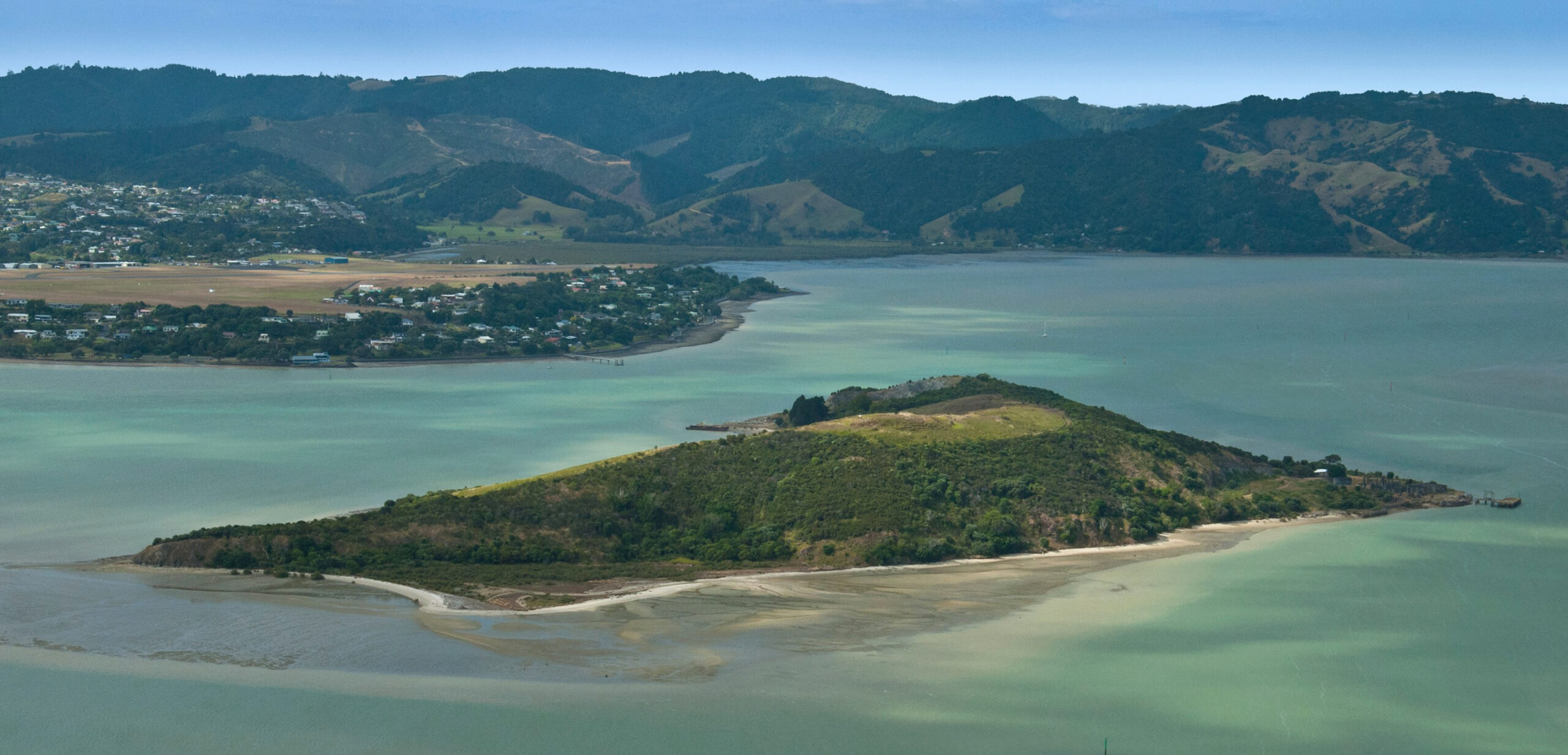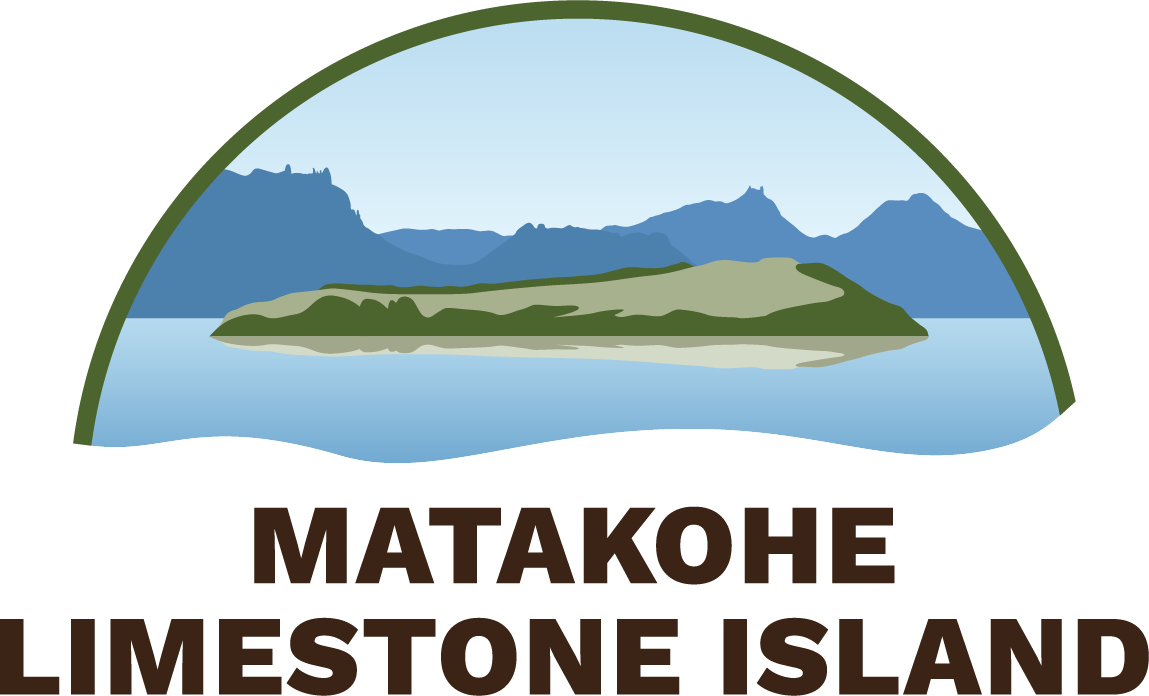Matakohe Limestone Island
This special island has a rich history
Photo by Wanderwild Photography
Transformed from wasteland to wildlife haven
Matakohe Limestone Island is steeped in Māori and European history
In the upper reaches of the Whangārei harbour, 500m from the Onerahi foreshore, sits the 37 hectares of Matakohe Limestone Island.
Millions of years ago tectonic forces and the rise and fall of the sea level formed the mudstone, sandstone and limestone that shape the island.
It is thought that the island was once cloaked in kohekohe trees as the Māori name Matakohe means headland of kohekohe. Māori were thought to have first settled on the island in the early 1700s with Te Parawhau being mana whenua. A pa site and terraced horticultural gardens are still visible and form part of the motu’s rich Māori history.
European settlers started to use the island for industrial purposes in the mid 1800s, first for flax pressing, then for limestone quarrying. At its peak between 1900 and 1918 the quarry industry employed up to 270 people. But by 1920, quarrying on Matakohe Limestone Island had almost stopped, and the island became mostly neglected for the next 70 years.

Restoring biodiversity
A labour of love
With encouragement from The Forest and Bird Society, Matakohe Limestone Island was gifted to the Whangārei District Council in 1989 and restoration of the island’s biodiversity began. Friends of Matakohe Limestone Island (FOMLI), with the support of Te Parawhau, became co kaitiakitanga (guardians and conservators) of the island and employed a full-time ranger whose wages have been largely paid for by sponsorship from Whangārei District Council.
The island has undergone a transformation over the past 35 years with over 200,000 native trees and shrubs being planted by the community. Pest animals have been removed and native wildlife is returning. Matakohe Limestone Island’s restoration would not have been possible without the support of Te Parawhau, 1000s of hours of volunteer help and financial support from sponsors.
Photo by Wanderwild Photography






